We all want to have a bright, white smile! But sometimes our teeth just don’t look as white as we would like them to be. Everyday, things such as eating various foods, drinking coffee or even drinking wine can cause staining on our teeth. So rather than running off to the dentist or putting some harsh bleaching chemicals on your teeth, we thought we would investigate some simple DIY home teeth whitening treatments.
1. Whitening teeth with baking powder (baking soda)
Now this is the one that your grandma used to use! Before the invention of the hundreds of different sorts of toothpastes you can find on the supermarket shelf now, we used to use the good-old baking soda to clean and whiten our teeth.
Baking soda (also known as baking powder or bi-carb soda) is the common name for sodium bicarbonate. Chemically speaking it is amphoteric, meaning that it can react as an acid as well as a base and is weak alkali (base). This is why it has so many uses in and around the home!
Is baking soda good for your teeth?
Baking soda is a pretty good option for cleaning and whitening your teeth. It is a mild abrasive and can help to remove stains and keep teeth clean.
Teeth cleaning and whitening properties of baking soda:
- Cleans on a mechanical level – it is slightly abrasive and helps to remove plaque and stains from the teeth;
- It also neutralises the production of acid in the mouth;
- Has been shown to whiten teeth and remove stains;
- Is effective in removing plaque.
How do you use it?
Mix one part baking soda to three parts water and put some of this mixture on your toothbrush. GENTLY brush your teeth and then rinse and spit out. It is a mild abrasive, so you need to be careful not to brush too hard or use too often as harsh abrasive action can remove enamel.
2. Charcoal teeth whitening – activated charcoal
Many of you may be familiar with the use of activated charcoal for its use of effectively reducing the absorption of many drugs in the stomach, making it potentially useful in reducing the incidence of acute poisonings.
“Charcoal is produced by heating pulverized carbonaceous substances such as sawdust, peat, or coconut shells to very high temperatures (600-900°C) followed by “activation” using steam or hot air to erode the internal surfaces of the product and thereby increase its absorptive surface area.”(Olson, 2010)
It is this ‘absorptive surface’ that pulls and clears the drugs and toxins from the stomach and it does the same thing when it comes into contact with your teeth – it pulls toxins and helps to remove stains.
How to use activated charcoal on your teeth
Activated charcoal is just that – charcoal! and it makes everything BLACK! So be prepared for some mess and for a scary looking mouth (only during the brushing J). Keep charcoal away from your clothes and sink as it can stain.
Sprinkle some charcoal from an opened capsule of activated charcoal (or powdered) onto a wet toothbrush and brush your teeth. Spit out into the sink and rinse your mouth very well with clean water.
3. Gargling with apple cider vinegar or lemon juice
There are many home remedies advocating the use of apple cider vinegar or lemon juice to whiten teeth. This will work – because the acid in them eats away at the stains…but it also eats away at the enamel on your teeth. So we would strongly advise caution with this one and don’t do it too frequently.
Adding some baking soda to the lemon juice will help to reduce the acidity of the lemon juice and this may be a safer option.
How to use the gargle?
Mix one part acid (lemon juice or apple cider vinegar) with two parts water. Put this mix into your mouth, swish and rinse around your mouth. Spit out and rinse your mouth out well with clean water to remove any residual acid.
4. Strawberries to whiten teeth
This one does work! It is because of the malic acid in the strawberries. Malic acid is also found in other fruit and vegetables such as apples. BUT because it is also an acid, the same rules apply as above. It also can eat away at the enamel, so it is not something you want to be doing all the time.
How to use strawberries to whiten your teeth?
Crush up two or three strawberries and get some on your toothbrush. Gently brush teeth with the strawberries and then rinse your mouth very well with clean water. Because strawberries also contain natural sugars in them, we would advise following this with a gentle cleaning of your teeth with your normal toothpaste.
You can also create a mix of crushed strawberries and baking soda to use as a whitener for your teeth. We would still recommend a further gentle cleaning of your teeth after this because of the sugar content in strawberries.
5. Oil Pulling for teeth whitening
Oil pulling is a method of rinsing your mouth with oil and is an ayurvedic tradition. Many people swear by the positive health benefits from oil pulling which they claim can assist in removing toxins, improve gum health, whiten teeth, reduce bad bacteria and prevent disease.
It is suggested that the swishing of the oil allows the oil to draw out bacteria and has a detoxifying effect, but it also promotes saliva production, which we know is beneficial for promoting good oral health and preventing cavities.
Is coconut oil good for your teeth?
Oil pulling using coconut oil is a great option because the lauric acid found in coconut oil can help promote good oral health because of its antimicrobial properties. Oil pulling also helps to promote fresh breath.
While many people claim that oil pulling can help to whiten teeth, there is no scientific evidence to back it up. Anecdotally however, a little google and you will see that there are many people praising its benefits for whitening their teeth – but they say it takes time.
What is the best coconut oil for oil pulling?
We would recommend a good quality coconut oil. You can read about more coconut oil here.
What oil to use for oil pulling and how to do it?
Put a teaspoon of oil (vegetable based such as coconut or extra-virgin olive oil) in your mouth and swish it around for 15-20 minutes By swishing we mean swirling the oil around your mouth, pulling it between your teeth. The timing is key as that’s how long it takes to break through plaque and bacteria but make sure to not keep the oil the mouth for much longer and to not swallow the oil as it will be full of bacteria and toxins. You can do the dishes, have a shower, get ready and cook breakfast in the meantime. Spit the oil out (ideally in the bin so you’re not polluting the water system and clogging the water pipes with your toxic loaded mouth wash). Rinse the mouth well with warm water and brush your teeth as usual.
Oil pulling is best done in the morning before you eat or drink but Dr. Bruce Fife, the author of Oil Pulling Therapy, suggests to oil pull before each meal for those with serious dental problems or infections.
References
Yankell SL, Emling RC, Petrone ME, Rustogi K, Volpe AR, DeVizio W, Chaknis P, Proskin HM, A six-week clinical efficacy study of four commercially available dentifrices for the removal of extrinsic tooth stain. J Clin Dent. 1999;10 (3 Spec No):115-8.
Kleber CJ, Moore MH, Nelson BJ, Laboratory assessment of tooth whitening by sodium bicarbonate dentifrices, J Clin Dent. 1998;9(3):72-5.
Putt MS, Milleman KR, Ghassemi A, Vorwerk LM, Hooper WJ, Soparkar PM, Winston AE, Proskin HM, Enhancement of plaque removal efficacy by tooth brushing with baking soda dentifrices: results of five clinical studies. J Clin Dent. 2008;19(4):111-9.
Nakatsuji T1, Kao MC, Fang JY, Zouboulis CC, Zhang L, Gallo RL, Huang CM, Antimicrobial property of lauric acid against Propionibacterium acnes: its therapeutic potential for inflammatory acne vulgaris, J Invest Dermatol. 2009 Oct;129(10):2480-8. doi: 10.1038/jid.2009.93. Epub 2009 Apr 23.
Olson, K, Activated Charcoal for Acute Poisoning: One Toxicologist’s Journey, J. Med. Toxicol. (2010) 6:190-198
Related Content
Best Healthy DIY Hair Treatments
DIY Ways To Use Gelatin For Hair & Skin

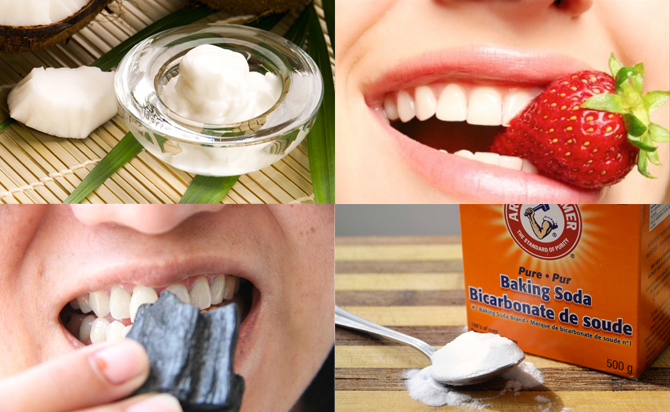
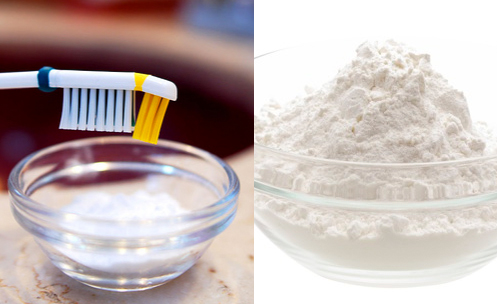
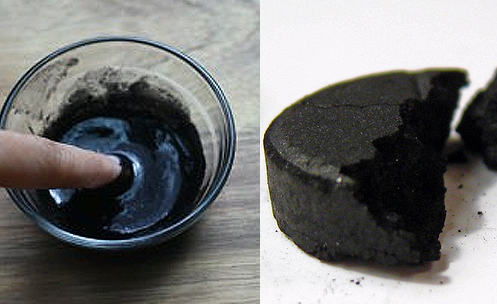
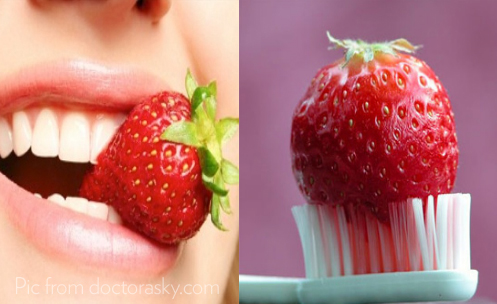
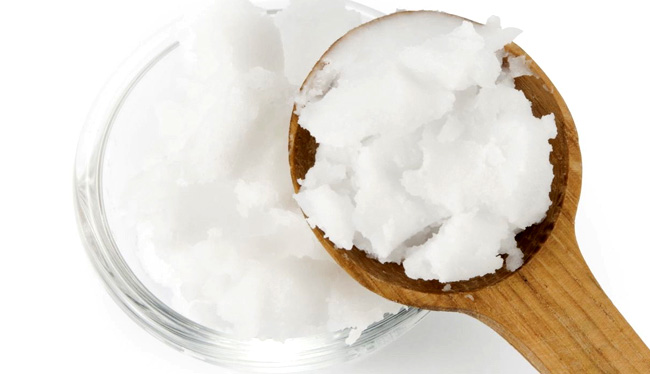

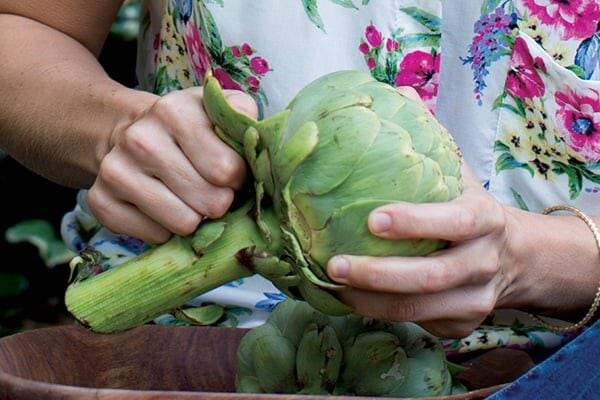
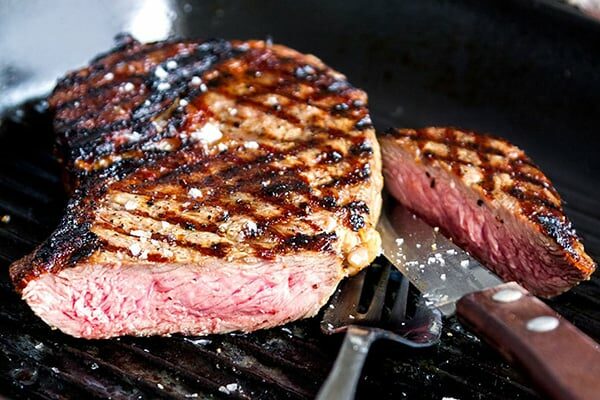


Good post! We’ve been listening to Daniel Vitalis podcasts and reading about natural oral healing. We’ve started implementing a few new protocols like rinsing with Himalayan salt water, tongue scraping, brushing with bentonite clay and occasional oil pulling.
Also ways of getting plaque off teeth by reducing bio-film in the body. That’s a whole new level of natural teeth care though!
We only rinse and make the occasional paste with bicarb soda because it is just too abrasive to the enamel on teeth (Bentonite is so much gentler on teeth), but the coconut oil soap we’ve been using for years to brush with is awesome!
We haven’t tried charcoal yet but everyone else we’re doing works really well 🙂
Thank you for this post, a lot of useful information. I had tried strawberries and baking soda before, after 3 months my teeth is more brighter. Lemon is too sour for my sensitive gum 🙁 ;(